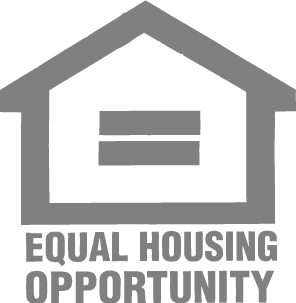When it comes to investing your money, many investors choose to invest in real estate due to the low risks and high rewards. However, although real estate investing is relatively low-risk, risks are still involved, just like with any other investment. One way to reduce risks is by diversifying your portfolio and spreading your money across different investments.
Interested in developing a new strategy to diversify your portfolio and optimize your investments? Let’s dive in!
Property Types
One of the main ways you can diversify your portfolio is by investing in different property types. Each type has its own risks and rewards, so by investing in multiple types, you can balance your portfolio and put money into different income streams.
Different property types that are more popular to invest in include:
- Residential/Single-Family Homes
- Multi-Family Homes
- Apartment Buildings
- Commercial
- Industrial
- Land
- Special Use
Geographical Locations
Different geographical locations can deliver different results based on market conditions and unexpected situations, so expanding into different locations can only benefit you and help protect your investments. Some markets could be booming while others are taking a turn, so it’s best to spread out your investments across multiple locations.
Consider expanding into different geographical locations, including:
- Cities
- Regions (west coast vs. east coast)
- Living types (city vs. rural)
- Low-income vs high-income communities
Real Estate Markets & Trends
The real estate market fluctuates constantly due to changes in mortgage rates, home prices, days on the market, and more. Investing in different real estate markets and market trends requires you to shift your perspective, which can help you diversify your portfolio (sometimes unexpectedly).
Looking at what the real estate market is doing can help you determine which real estate avenue to invest your money into based on what you think others might be looking for. For example, when the market is good, people might want to rent a single-family home or a high-end apartment. However, when the market is bad, people might need to downsize from their homes or rent a more moderately-priced apartment.
Diversification is not a requirement when it comes to real estate investing, but it could be worthwhile and help you build wealth while expanding your portfolio. If you have questions about diversifying your portfolio, reach out to us! We would love to be a resource for you!


